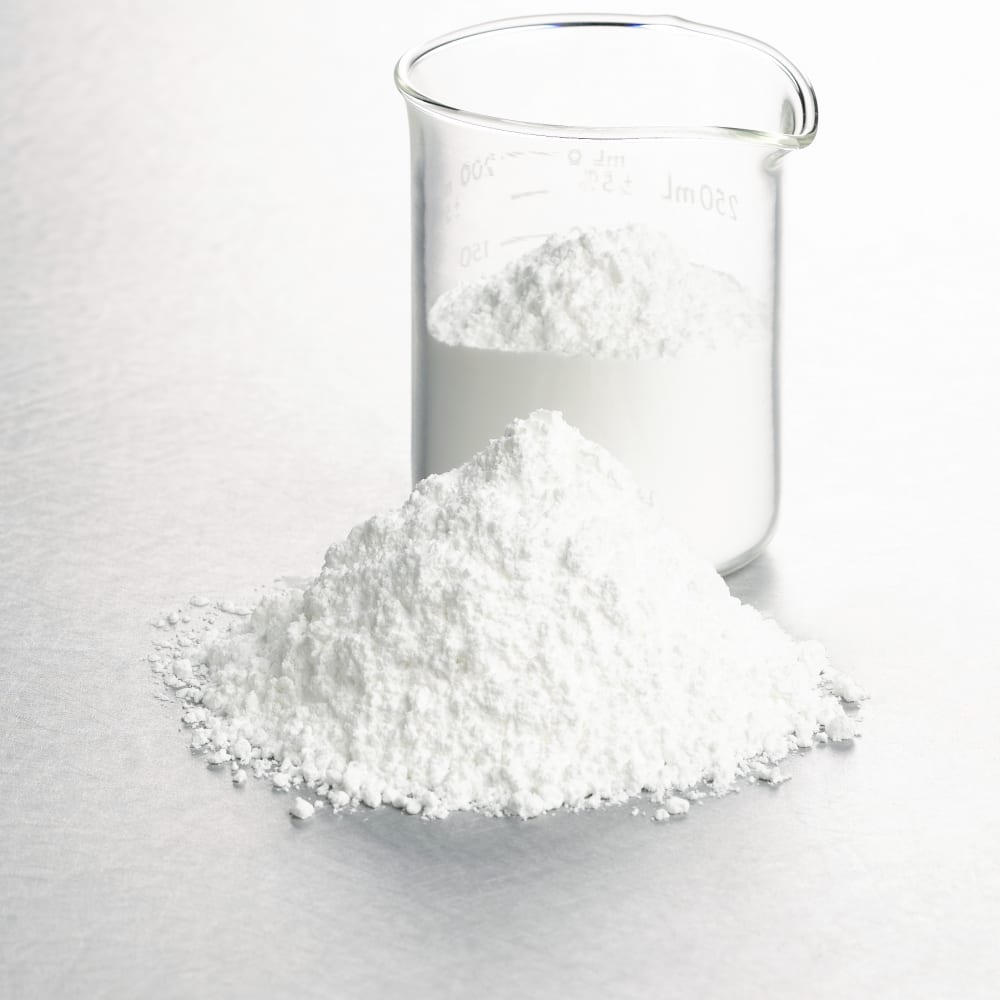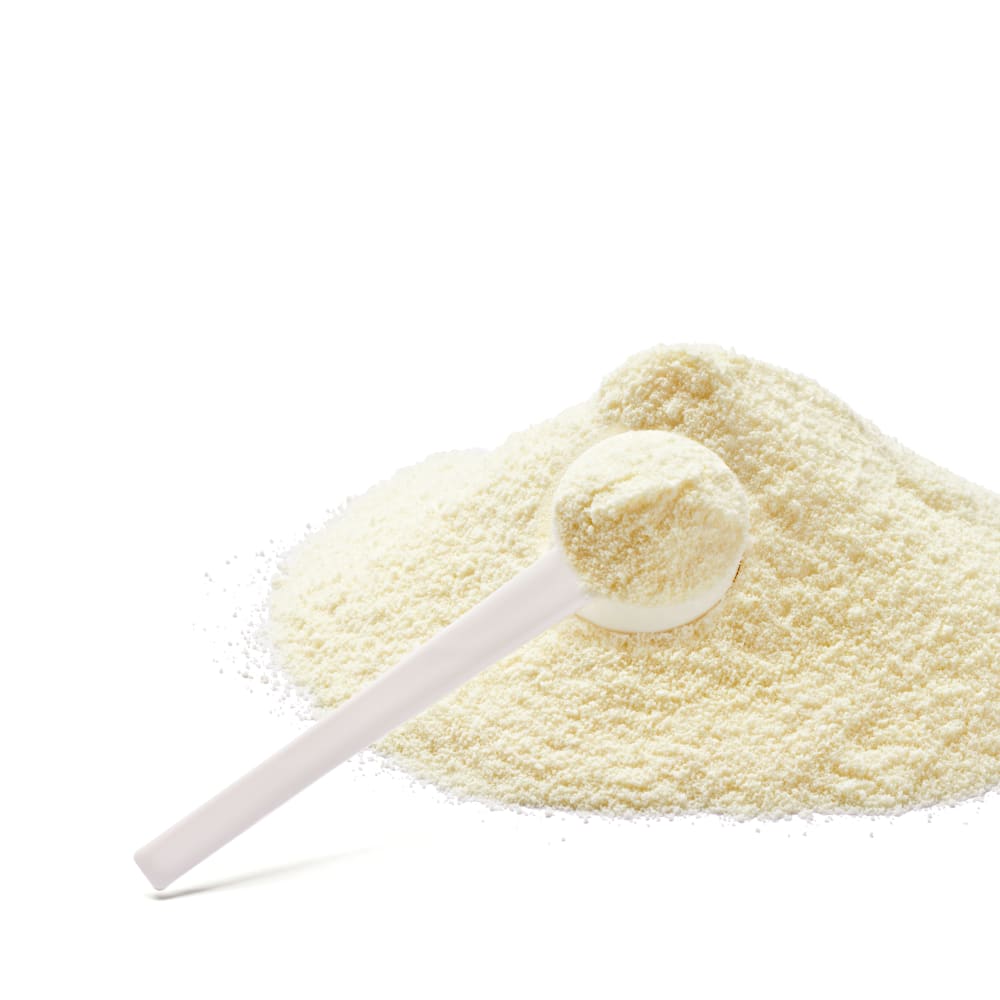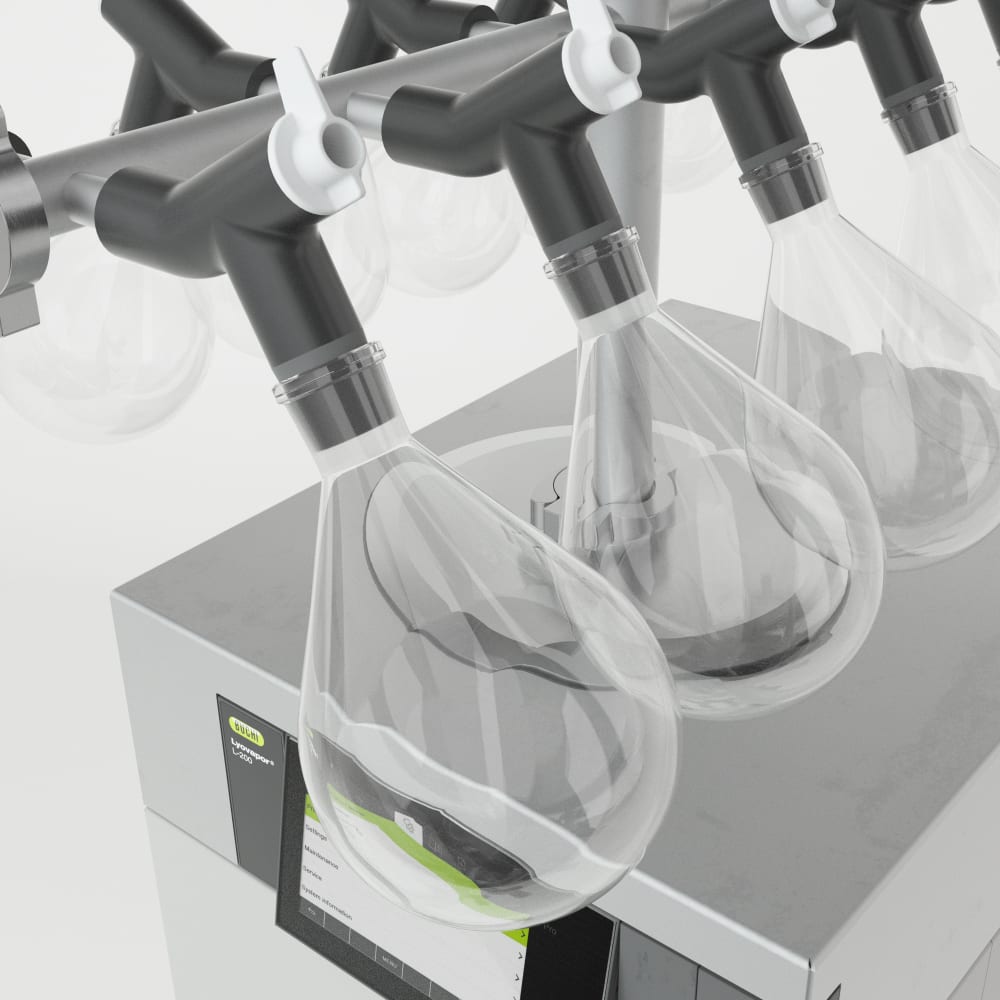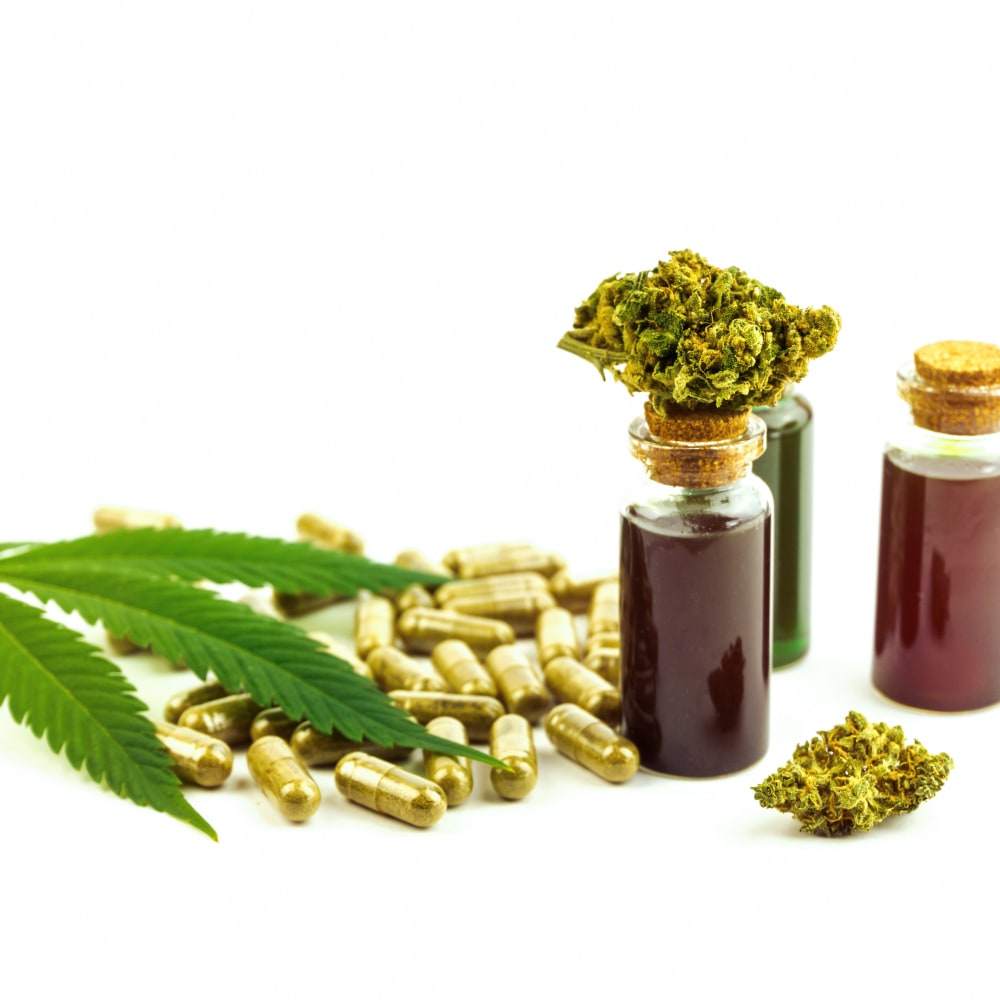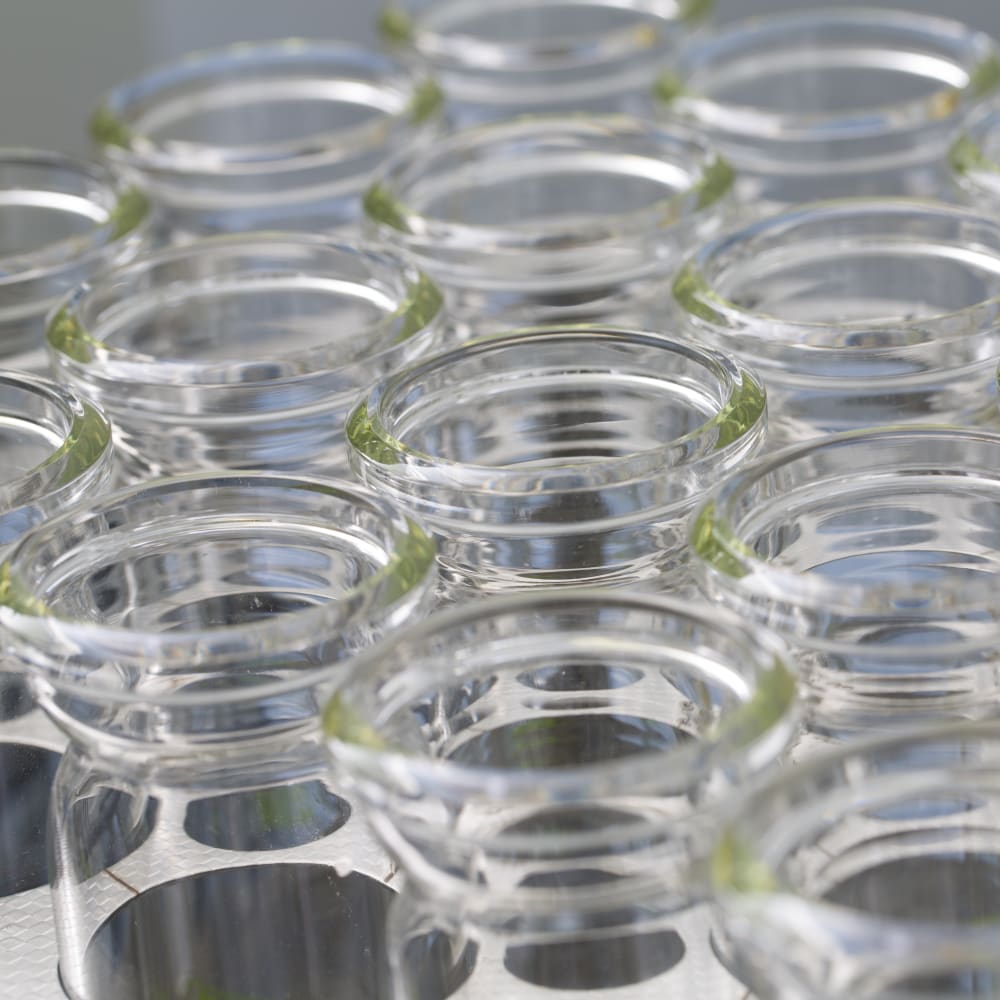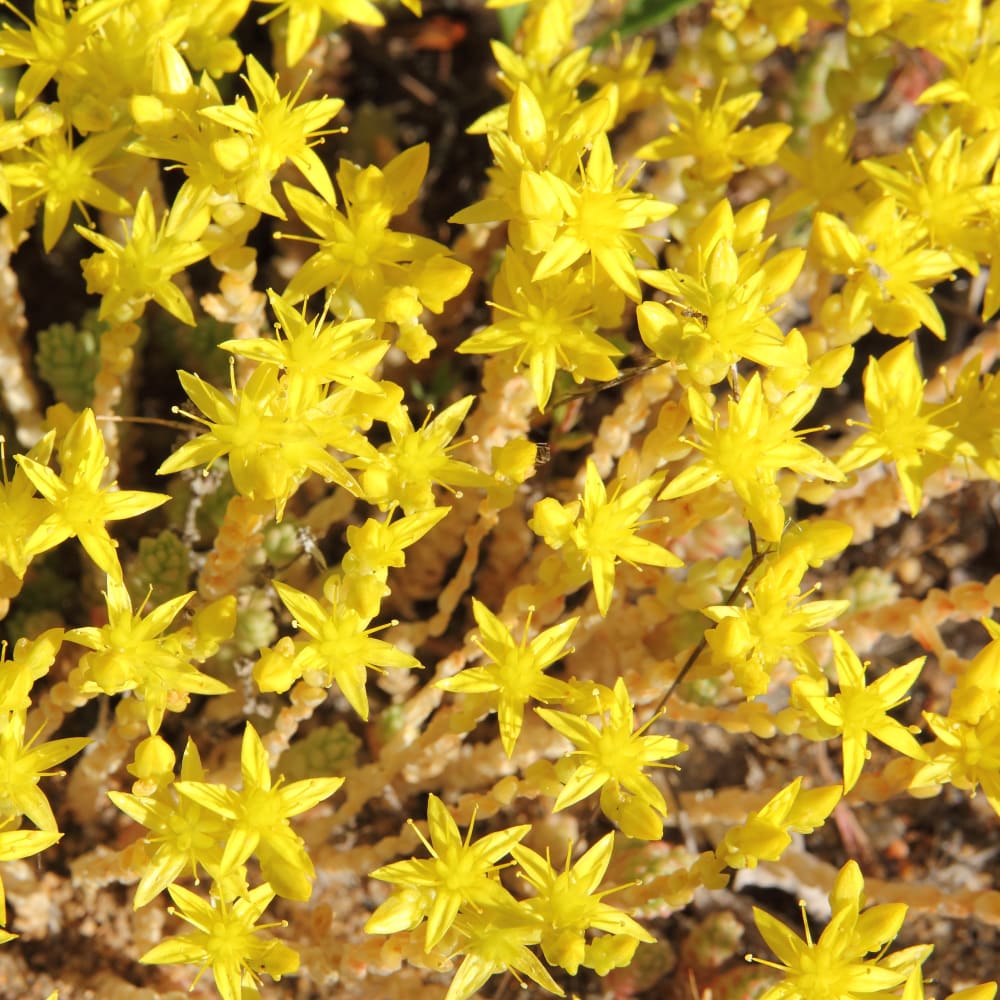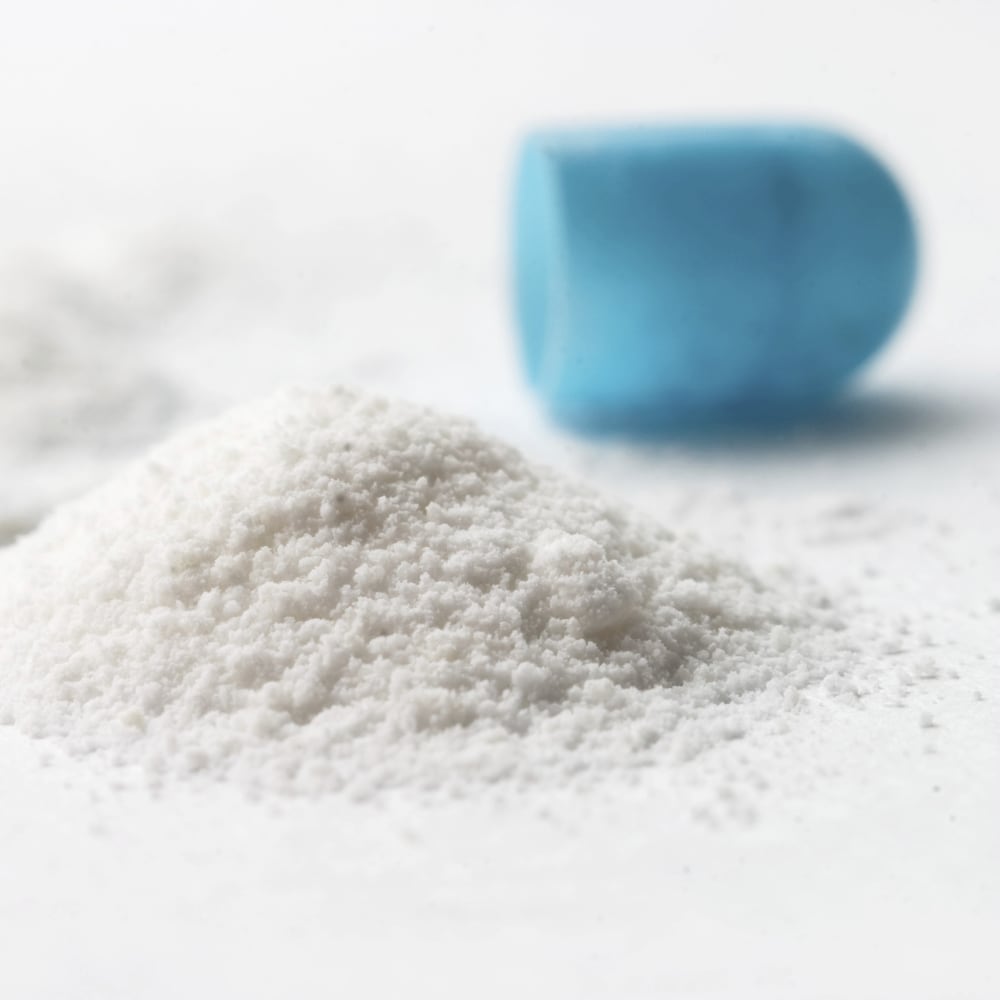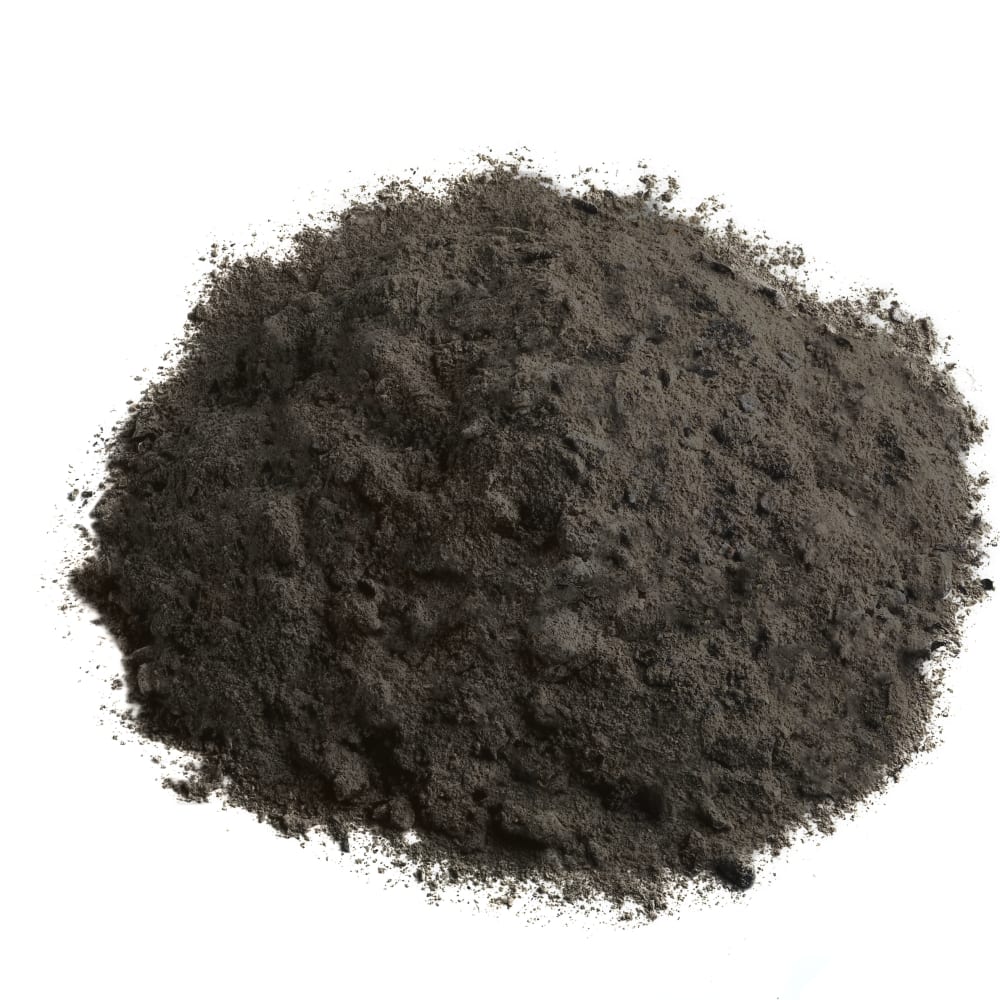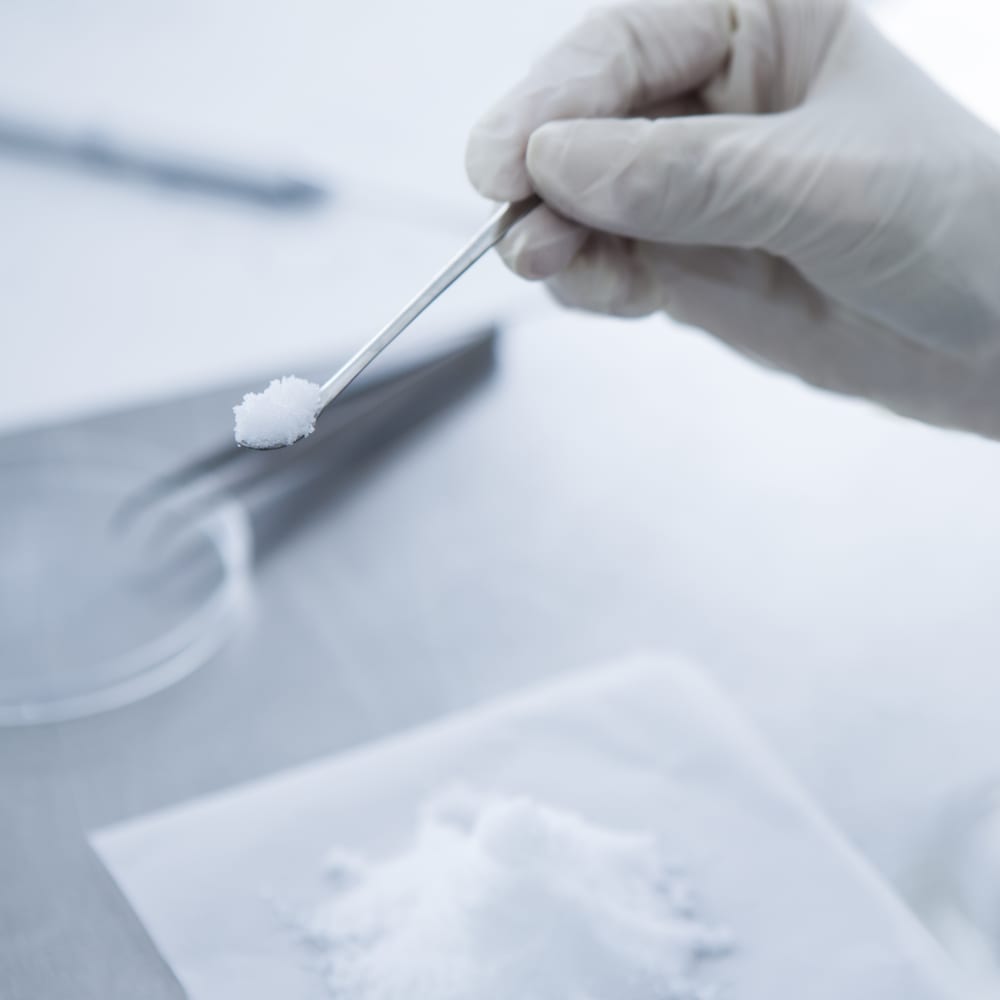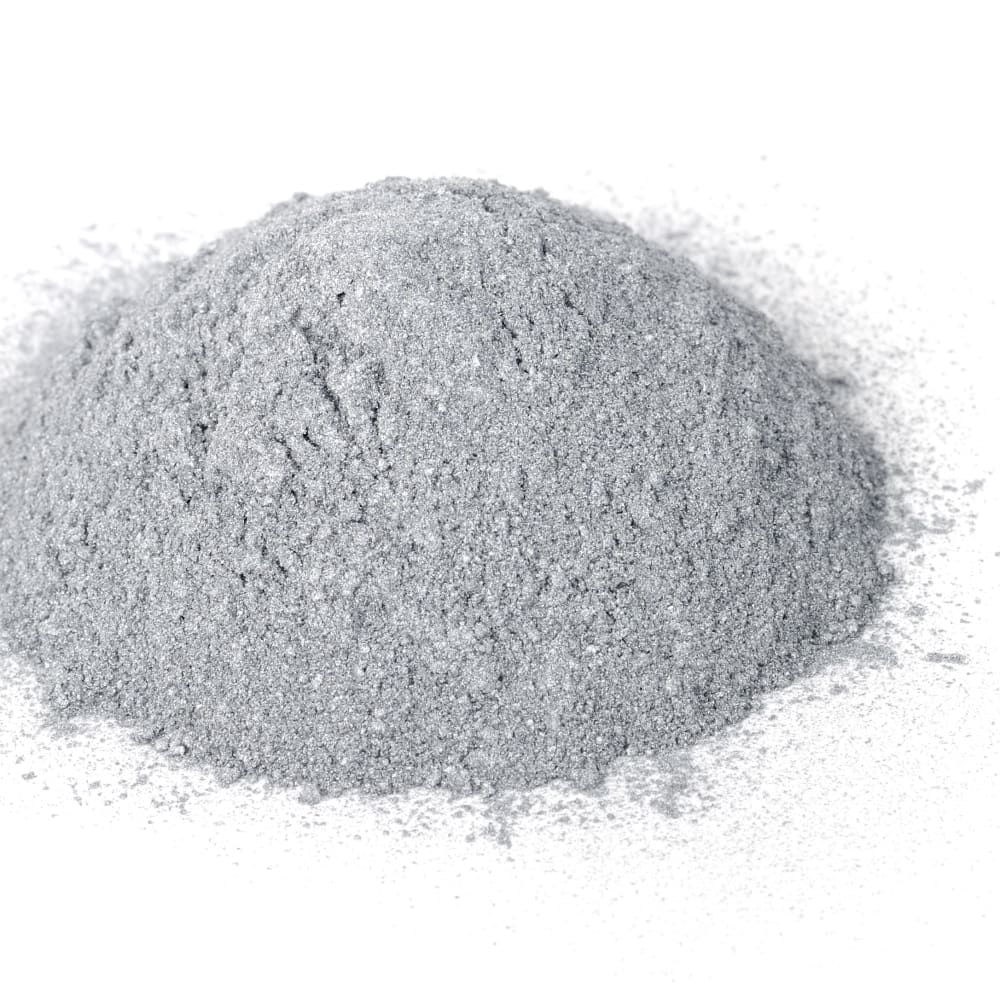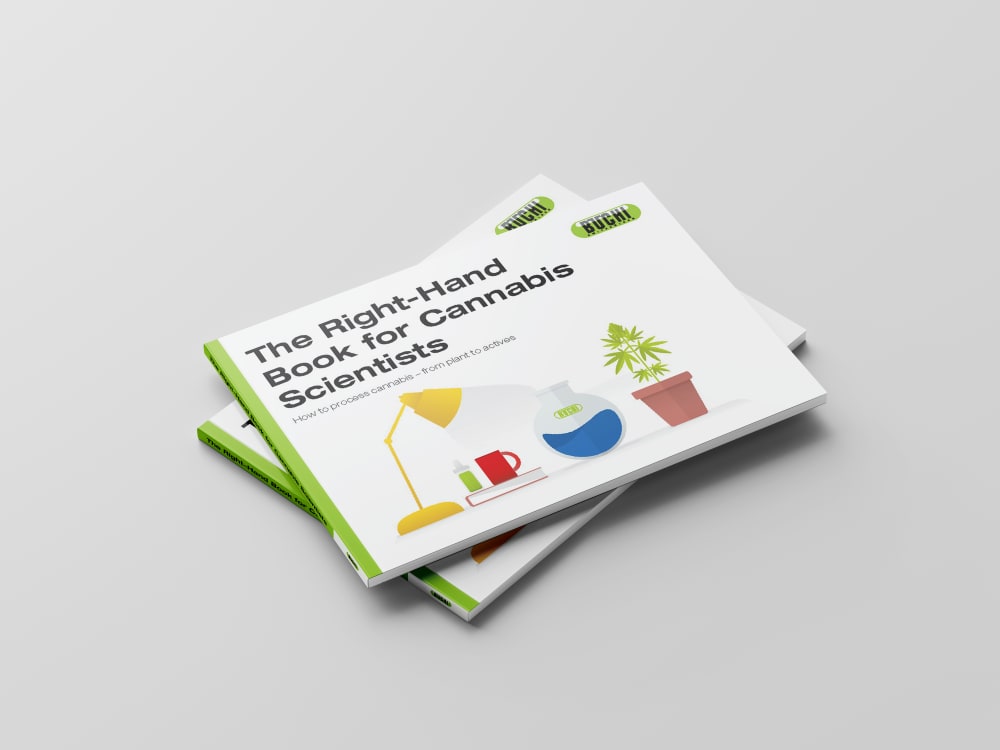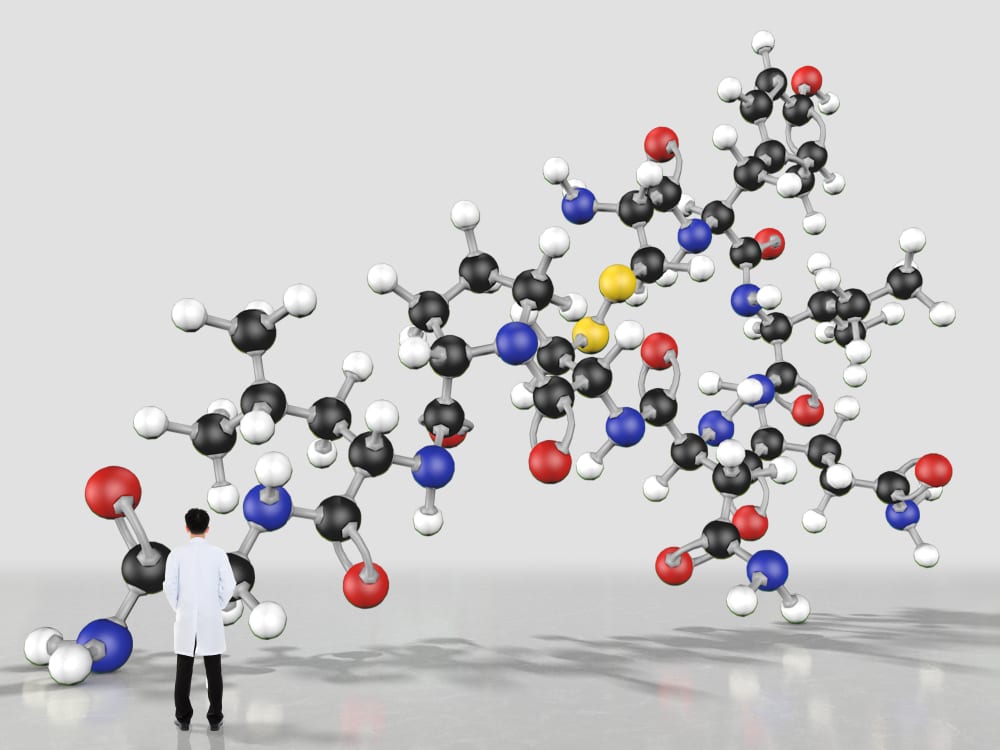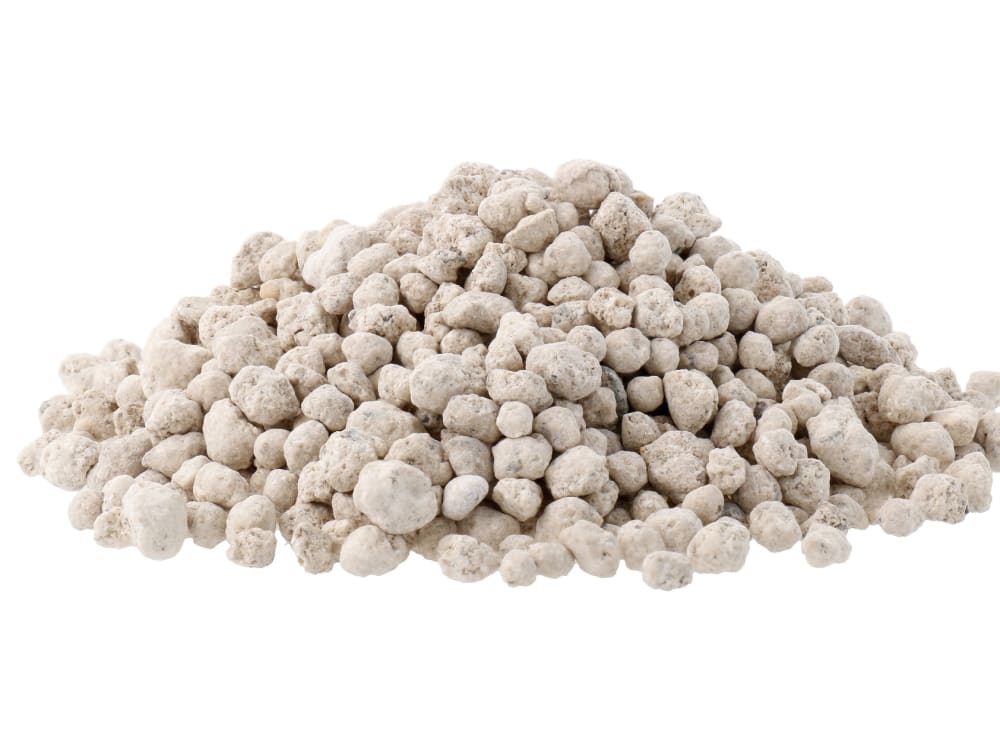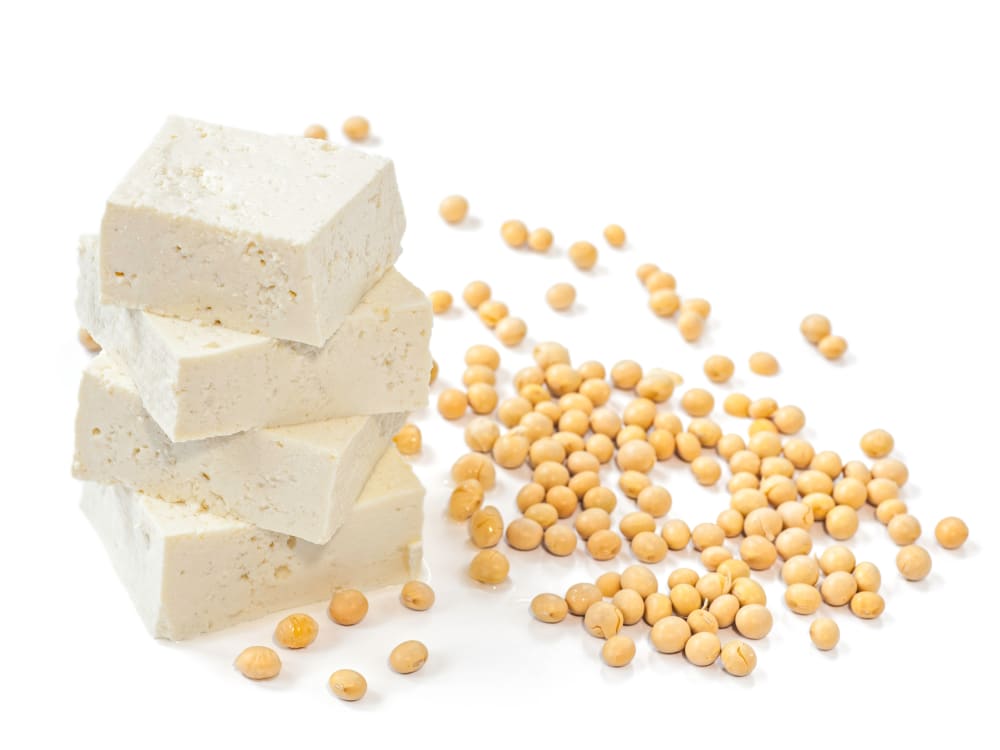Applications
Cosmetics Lab Magazine Vol 3
In "COSMETICS LAB" Issue 3, find everything you need to know about the making of make-up. Improve your formulation proficiency by gaining insightful information on microencapsulation and spray drying. Plus read cosmetics formulation tips, recipes, quizzes, horscopes and an exlcusive interview with a microencapsulation expert.

Cosmetics Lab Magazine Vol 2
In "COSMETICS LAB" Issue 2, gain useful information on how to turn natural raw material into active compounds. Benefit from useful information on techniques used in all steps of cosmetics development. Learn how to extract and screen for active ingredients and how to use chromatography to purify raw material. Plus fun facts, horoscopes, quizzes and an exclusive interview on the topic of fighting misinformation in the cosmetics industry.

Cosmetics Lab Magazine Vol 4
In "COSMETICS LAB" Issue 4, gain knowledge on modern and established techniques used for quality control in the cosmetics industry. Learn how to convincingly demonstrate product safety and performance by optimizing your QC processes. Specific topics include green sample preparation using pressurized liquid extraction (PLE), benefits and limitations of chromatography detectors used in QC, the importance of performing trace metal element analysis, how NIR speeds up the QC process and more.

Formulation adviser for cannabis oil samples
With this free whitepaper, gain useful insights into spray drying and encapsulation, two common techniques used to formulate cannabinoids. Plus, learn about why we need cannabinoids in powder form in the first place.
Use the guide to easily achieve a sellable form of cannabinoids.
Graphene-based composites for lithium batteries by spray drying
Graphene-based composites can be used to improve the electric conductivity and cycling performance of lithium batteries (LIBs). In this whitepaper, learn more about the steps needed to obtain graphene-based composites using the spray drying technique. Benefit from an illustartion of how graphene-based composites are synthesized, learn about the function of various graphene powders in battery R&D and see process parameters for spray drying of various graphene-based material.

